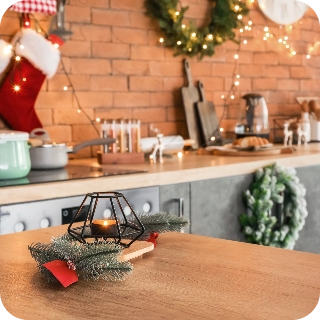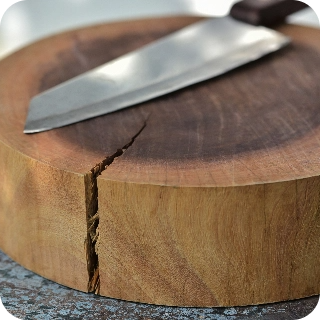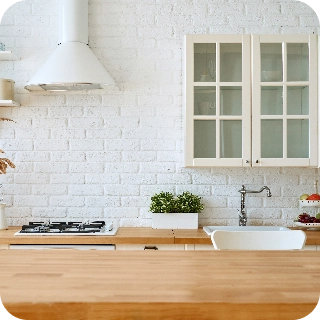Popular posts
Explore more
- 1st
- blocks
- blog
- blog post
- blogpost
- boards
- brooklyn
- butcher blocks
- commissions
- community
- custom
- cutting boards
- design
- first blog post
- furniture
- howard hughs
- jenn
- jenn sager
- local
- manhattan
- new amsterdam market
- new pieces
- new site
- Nils
- online store
- photos
- post
- robert lavalva
- seaport
- south seaport
- store
- storytime
- wood
- woodworking
- writing





